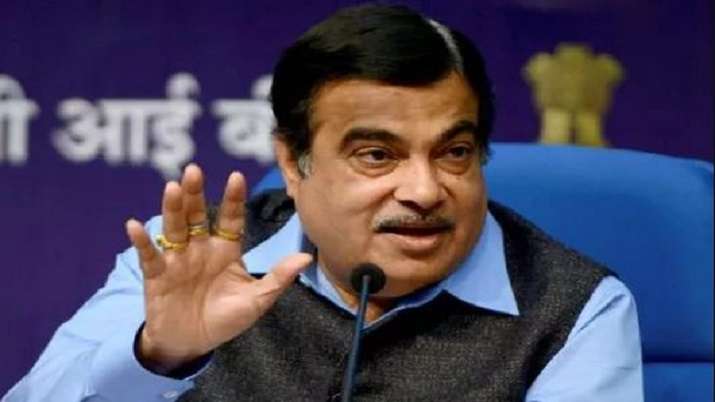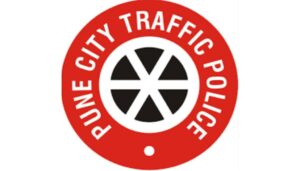Highway Toll Collection: FASTag to Be Replaced by GPS-Based System, Says Gadkari

New Delhi, 17th April 2025: In a major policy shift that could revolutionize toll collection in India, Union Minister for Road Transport and Highways Nitin Gadkari has announced that the FASTag system will soon be replaced by a GPS-based toll collection system. A new toll policy is set to be unveiled by the central government within the next 15 days, promising to eliminate long-standing issues related to toll booths.
Speaking at a public event on Monday, Gadkari said, “The new toll policy is coming soon. Once it’s implemented, there will be no scope for complaints about toll collection.” He, however, refrained from disclosing detailed information, stating, “For now, I won’t say much about it.”
How the New GPS Tolling System Will Work
The upcoming system will rely on Global Navigation Satellite System (GNSS) technology, using a device called an On-Board Unit (OBU) installed in vehicles. This device will track a vehicle’s movement on highways, calculate the exact distance travelled, and automatically deduct the corresponding toll amount from the driver’s bank account or digital wallet.
Unlike FASTag, where tolls are deducted at fixed points (plazas), the GPS-based model will charge users only for the distance covered on toll roads — potentially making it more fair and efficient. Moreover, vehicles will no longer need to halt at toll plazas, thereby reducing congestion and saving travel time.
Initially, this system will be rolled out for commercial vehicles such as trucks and buses, followed by a gradual expansion to private cars and other vehicles.
The OBU will operate using India’s indigenous satellite navigation system, NavIC (Navigation with Indian Constellation). Officials say this will ensure data security and localised system control, as all tracking and toll deduction data will remain within the country.
FASTag’s Legacy and the Need for Change
Launched in 2016, FASTag aimed to simplify toll collection through Radio Frequency Identification (RFID) technology, allowing vehicles to pass toll booths without stopping. However, over the years, the system has faced criticism due to technical glitches, misuse of tags, and crowding at toll plazas despite automation.
With growing highway infrastructure and digital advancements, the government is now aiming for a more seamless, tech-driven toll experience that ensures transparency and reduces operational challenges.
What’s Next?
The official toll policy, expected within two weeks, will lay out the framework for nationwide implementation. Once launched, it could mark the end of FASTag and usher in India’s next generation of tolling infrastructure.








